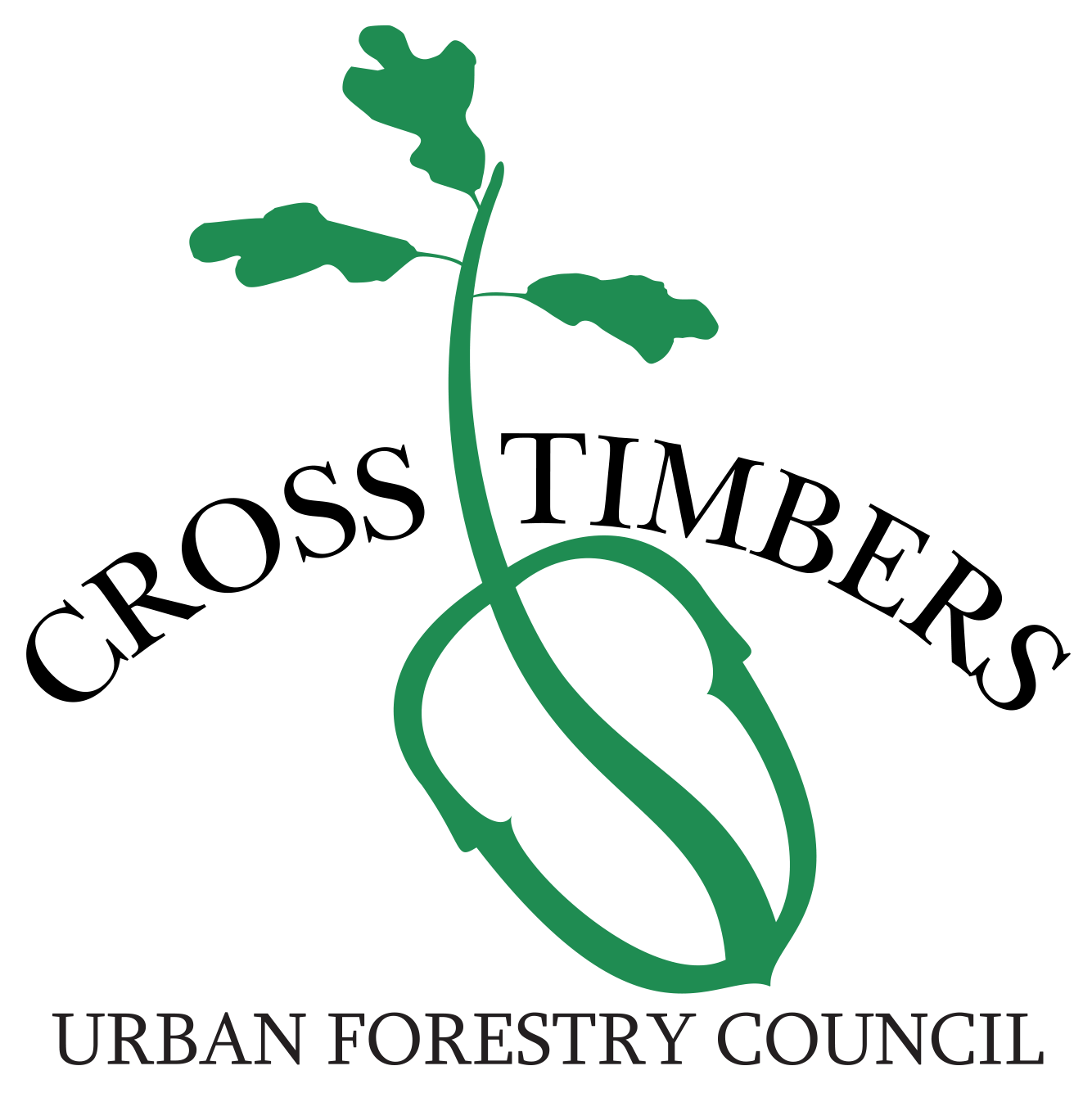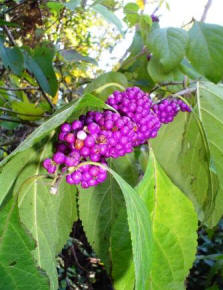
Jan 5, 2017 | Native Shrubs, VERBENACEAE - Verbena Family
American beautyberry – Callicarpa americana
American Beautyberry reaches about 5 feet & grows in shady areas along creeks. The bright coral/purple fruit are a favorite meal of birds. In a landscape setting, this plant would look good as a background or specimen under shade-casting trees. If planted in full sun, this plant will need extra water.
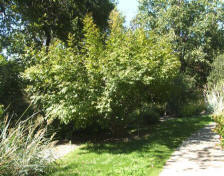
Jan 5, 2017 | Native Shrubs, SAPINDACEAE - Soapberry Family
Mexican buckeye – Ungnadia speciosa
This shrub is not a true buckeye. It can grow to 15 feet & either be trained as a tree or retain a shrub form. It has delicate pink blooms in the spring. The seeds are interesting 3-chambered pods that open to release the black marble-like seeds. This small tree provides visual interest throughout the year with its flowers, pinnately-compound leaves & its dangling cinnamon-colored seed pods.

Jan 5, 2017 | Native Shrubs, RUBIACEAE - Madder Family
Buttonbush – Cephalanthus occidentalis
This shrub attracts attention because of the perfect globe cluster of flowers, which attract many butterflies & hummingbirds, & many species of birds eat Buttonbush seeds in the fall. The leaves attach to the stem in a whorl of 3. The shrub reaches from 6 – 12 feet & prefers moist areas where water collects.
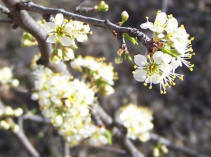
Jan 5, 2017 | Native Shrubs, ROSACEAE - Rose Family
Chickasaw plum – Prunus angustifolia
This plum forms thickets, which give wildlife ranging from rabbits to sparrows a place to hide. They put out sweet-smelling blooms in early spring, and if its a good year, you might be able to harvest plum fruit to make jelly or jam! Chickasaw plum is an important plant of the prairies of the Cross Timbers area. These would make a great corner accent to a wildlife habitat backyard.
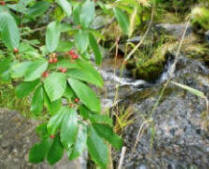
Jan 5, 2017 | Native Shrubs, RHAMNACEAE - Buckthorn Family
Carolina Buckthorn – Frangula caroliniana
Carolina buckthorn can be found in shaded woodlands along streams in the Cross Timbers. It makes a beautiful understory shrub/small tree in a landscape setting. The red berries provide food for wildlife, especially birds.
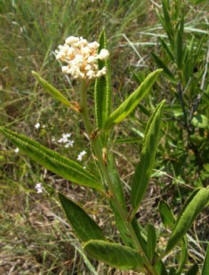
Jan 5, 2017 | Native Shrubs, RHAMNACEAE - Buckthorn Family
Redroot – Ceanothus herbaceus
Redroot grows on limestone outcrops in our area. They have showy inflorescences, shiny leaves, & reddish stems. Most Ceanothus species are common in the chapparal of California.
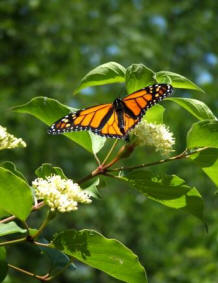
Jan 5, 2017 | CORNACEAE - Dogwood Family, Native Shrubs
Rough-leaf dogwood with Monarch – Cornus drummondii
The showy cluster of flowers attracts numerous butterfly species. Birds devour the fruit. It grows in shady, moist areas, but can also be seen at harsh sites, such as along railroad tracks. The shrub reaches up to 10 feet.
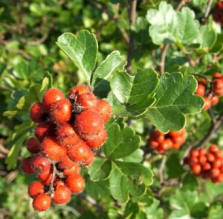
Jan 5, 2017 | ANACARDIACEAE - Sumac Family, Native Shrubs
Aromatic sumac – Rhus aromatica
This small shrub is also known as Three-leaf Sumac. Some people may confuse it with Poison Ivy, which is in the same Family. However, Aromatic sumac has leaves that are a bit different & it does not cause acute dermatitis like Poison Ivy does! Aromatic sumac has nice fall color. The fruit is bright red in the summer & is consumed by a variety of wildlife. The leaves have a fragrant smell when crushed or bruised.

